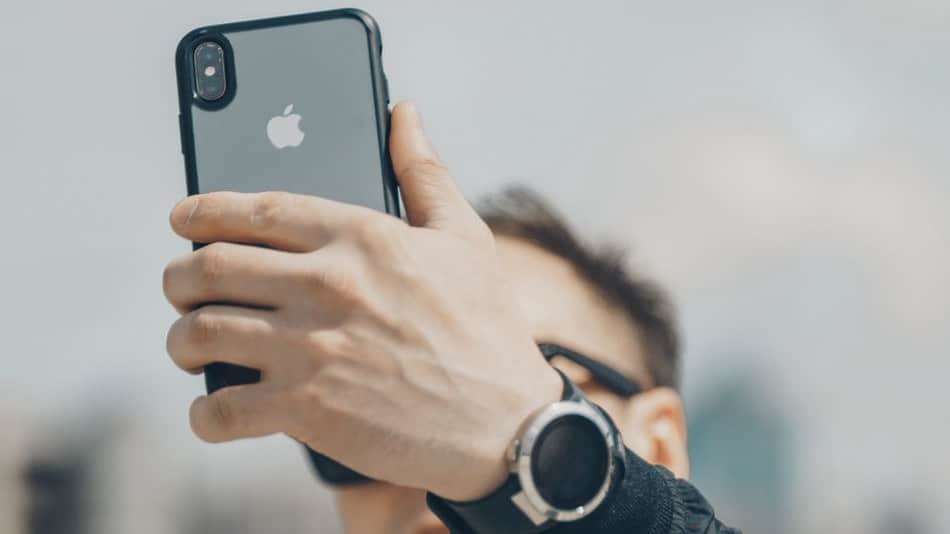When it comes to creating a CV or LinkedIn profile, one question that many people face is whether to include a photograph of themselves. While some may argue that a photo can make you more memorable and appealing to potential employers or business contacts, others warn that it can lead to biases and detract from your skills. So, what should you do? Here’s a guide to help you make the best decision.
Modern CVs do not require photographs
Traditionally, CVs have included a photograph of the candidate. However, in recent years, this practice has become less common. One of the main reasons for this is that photographs can create potential for bias by the recruiter. For example, a recruiter may unconsciously favour someone who looks similar to them or has a certain appearance that they prefer. This can lead to unfairness in the hiring process and detract from the person’s skills and qualifications.
Exceptions to the rule
Despite the general rule of not including a photograph, there are some exceptions to this. For instance, some recruiters for customer-facing roles, such as cabin crew, models, and actors, may want to assess your appearance in addition to your skills and experience. In such cases, including a photograph may be necessary.
Networking over LinkedIn
When it comes to networking over LinkedIn, including a photo in your profile can be more appealing to potential business contacts. This is because a photo can make you more memorable and personable. However, this is not a hard and fast rule and ultimately depends on personal preference.
Tips for taking a good photograph
If you do decide to include a photograph in your CV or LinkedIn profile, here are some tips to help you take a good one:
For the subject:
- Never stand square on to the camera
- Always turn away, about 10 degrees, and then look back at the camera with a turn of the head
- Keep your chin down
- Smile
- Wear something red like a scarf, tie or blouse
- Wear clothes appropriate to the job you want
For non-professional photographers:
- Ensure that your subject is standing well away from any wall to avoid hard shadow lines when using a flash
- Use flash in bright sunshine to fill in hard shadow areas
- Keep the camera at the subject’s eye level
- Use a contrasting background
- Backgrounds like hedges can be flattering to most skin tones, but otherwise keep it relatively simple and uncluttered
LinkedIn’s guidelines for the profile photo
If you decide to include a photograph in your LinkedIn profile, there are some guidelines to follow:
- The maximum file size for the personal photo is 8MB and the file type must be PNG or JPG (they don’t support GIFs).
- Pixel size is between 400 (w) x 400 (h) pixels and 7680 (w) x 4320 (h) pixels.
LinkedIn has produced a guide to help you upload or edit your photos, which you can find on their website (Click here to read LinkedIn’s guide)
In conclusion, the decision to include a photograph in your CV or LinkedIn profile ultimately depends on the situation and personal preference. While it can make you more memorable and appealing to potential employers or business contacts, it can also lead to biases and detract from your skills. If you do decide to include a photograph, make sure to follow the tips above to ensure it’s a good one.

